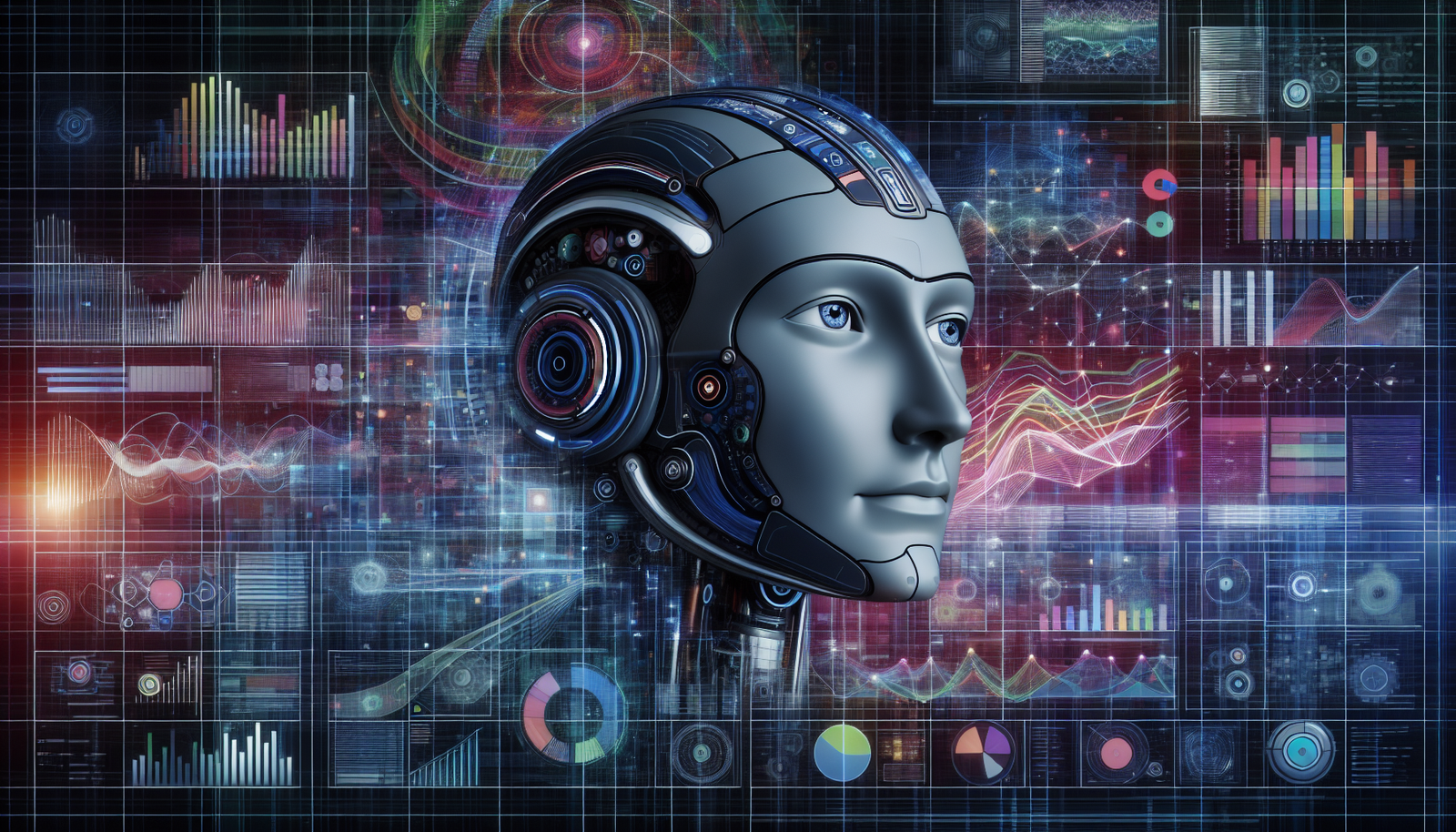Have you ever wondered how machines learn from data and make decisions without explicit instructions?
Introduction to Machine Learning
Machine Learning, or ML, is a fascinating field that allows computers to improve their performance on tasks through experience. I find it incredibly intriguing how these systems can analyze vast amounts of data, identify patterns, and make predictions. In this article, I want to walk you through the basics of machine learning, so we can both gain a clearer understanding of this pivotal technology.
What is Machine Learning?
At its core, machine learning is a subset of artificial intelligence (AI). It’s about creating algorithms that enable computers to learn from and make predictions on data. Instead of being explicitly programmed for specific tasks, these algorithms adapt to new data and improve over time.
Imagine I have a basket full of fruits, and I want to teach a computer how to differentiate between apples and oranges. Rather than coding specific rules, I can train the computer with various examples of each fruit. Over time, it learns to recognize the distinguishing features of apples and oranges based on the data I’ve provided.
The Importance of Data in Machine Learning
Data is the lifeblood of machine learning. The quality, quantity, and variety of data directly impact the effectiveness of an ML model. When I think about working with data, I prioritize gathering a diverse set of examples to ensure my machine learning model can generalize well.
Types of Data
-
Structured Data: This is highly organized and easily searchable data, typically found in databases. Examples include CSV files and spreadsheets where each row might represent a customer and each column represents specific attributes about that customer.
-
Unstructured Data: This type of data doesn’t fit neatly into a format. It includes text, images, video, and audio. For example, if I train my model on social media posts, that data would be unstructured because it lacks a consistent format.
-
Semi-structured Data: This falls somewhere in between and may have organizational properties that make it easier to analyze. XML files and JSON documents are examples of semi-structured data, as they contain tags that define the data’s structure while still being flexible.
Data Labeling
Data labeling is essential in supervised learning. When I label my data, I am providing the ML model with annotations that help it understand the information better. For instance, if I want my model to identify cats in images, I would label pictures that contain cats accordingly.
The Different Types of Machine Learning
Machine learning can be categorized into three main types: supervised learning, unsupervised learning, and reinforcement learning. Each type has its unique characteristics, applications, and use cases.
Supervised Learning
In supervised learning, I train my model on a labeled dataset, which means that each training example comes with an output label. The algorithm’s goal is to learn a mapping from inputs to outputs. Examples include regression and classification tasks.
One of my favorite examples of supervised learning is email filtering. The algorithm learns from a labeled set of emails marked as “spam” or “not spam,” allowing it to filter incoming emails automatically.
Unsupervised Learning
Unlike supervised learning, unsupervised learning works with unlabeled data. My goal here is to uncover hidden patterns or groupings within the data. Imagine I have a collection of customer purchase data without any labels. Using unsupervised learning techniques such as clustering, I might identify distinct segments of customers based on their buying behavior.
Key Algorithms in Machine Learning
Now that I understand the different types of machine learning, it’s essential to discuss some of the key algorithms used in these processes.
Linear Regression
Linear regression is a fundamental algorithm used in supervised learning, particularly for regression tasks. I can visualize it as finding the best-fit line through a set of points on a graph, where the line represents the relationship between input variables and the target output.
Decision Trees
Decision trees are another highly intuitive algorithm. They model decisions and their possible consequences in a tree-like structure. By following the branches of the tree, I can arrive at a decision based on a series of questions about the input data.
Neural Networks
When I think about complex problems such as image and speech recognition, neural networks come to mind. They consist of layers of interconnected nodes, or “neurons,” and are particularly powerful for handling unstructured data. Although they can be demanding in terms of computational resources, their ability to learn from vast datasets is remarkable.
Model Evaluation and Validation
An essential part of any machine learning workflow involves evaluating and validating my models to ensure they perform well on unseen data. If I don’t validate my model carefully, I risk overfitting it to the training data, meaning it learns the noise instead of the underlying patterns.
Cross-Validation
One effective validation technique is cross-validation. I can split my dataset into several subsets, using some for training and others for validation. This process helps me ensure that my model is robust and generalizes well to new data.
| Validation Method | Description |
|---|---|
| K-Fold | The dataset is divided into K subsets, and the model is trained K times, each time using a different subset for validation. |
| Leave-One-Out | A specific case of K-Fold where K equals the number of samples in the dataset, training the model on all but one data point. |
| Stratified | Ensures that each fold or subset maintains the same proportion of different classes as the complete dataset. |
Challenges in Machine Learning
Even though machine learning has immense potential, it also comes with its own set of challenges that I need to be aware of.
Overfitting and Underfitting
Overfitting occurs when my model becomes too complex and learns noise instead of the actual signal, while underfitting happens when my model is too simple to capture the underlying patterns.
To strike a balance, I can use techniques such as regularization, selecting simpler models, or gathering more data for training.
Bias and Fairness
I often ponder the ethical implications of machine learning models. The data I use can introduce bias, leading to unfair predictions or decisions. It’s crucial for me to carefully audit my datasets to ensure they are representative and to consider fairness metrics when evaluating my models.
The Future of Machine Learning
Looking ahead, I see exciting possibilities for machine learning. The technology continues to evolve, and I’m eager to see how it will transform industries—from healthcare and finance to entertainment and transportation.
Real-world Applications
Machine learning has already made its mark in various fields, and its applications are growing. Here are a few examples that resonate with me:
| Field | Application |
|---|---|
| Healthcare | Predicting disease outbreaks based on patient data and environmental factors. |
| Finance | Automating trading strategies and detecting fraudulent transactions. |
| Retail | Building recommendation engines to personalize customer shopping experiences. |
| Transportation | Enhancing autonomous vehicles to recognize obstacles and make driving decisions. |
Conclusion
In conclusion, my journey into understanding machine learning has been both enlightening and inspiring. By grasping the basics, I can appreciate the magnitude of its impact on various industries and the daily lives of people around the world.
I’m excited about the future of machine learning and how it can help solve complex problems, but I also acknowledge the responsibilities that come with it. As I continue my exploration in this field, I aim to stay informed and adaptable, embracing the innovations and challenges that lie ahead.
Whether I am a beginner or an experienced practitioner, the possibilities in machine learning are vast, and the journey is just beginning. By keeping an open mind and continuously learning, I can contribute to this fascinating world in meaningful ways.






